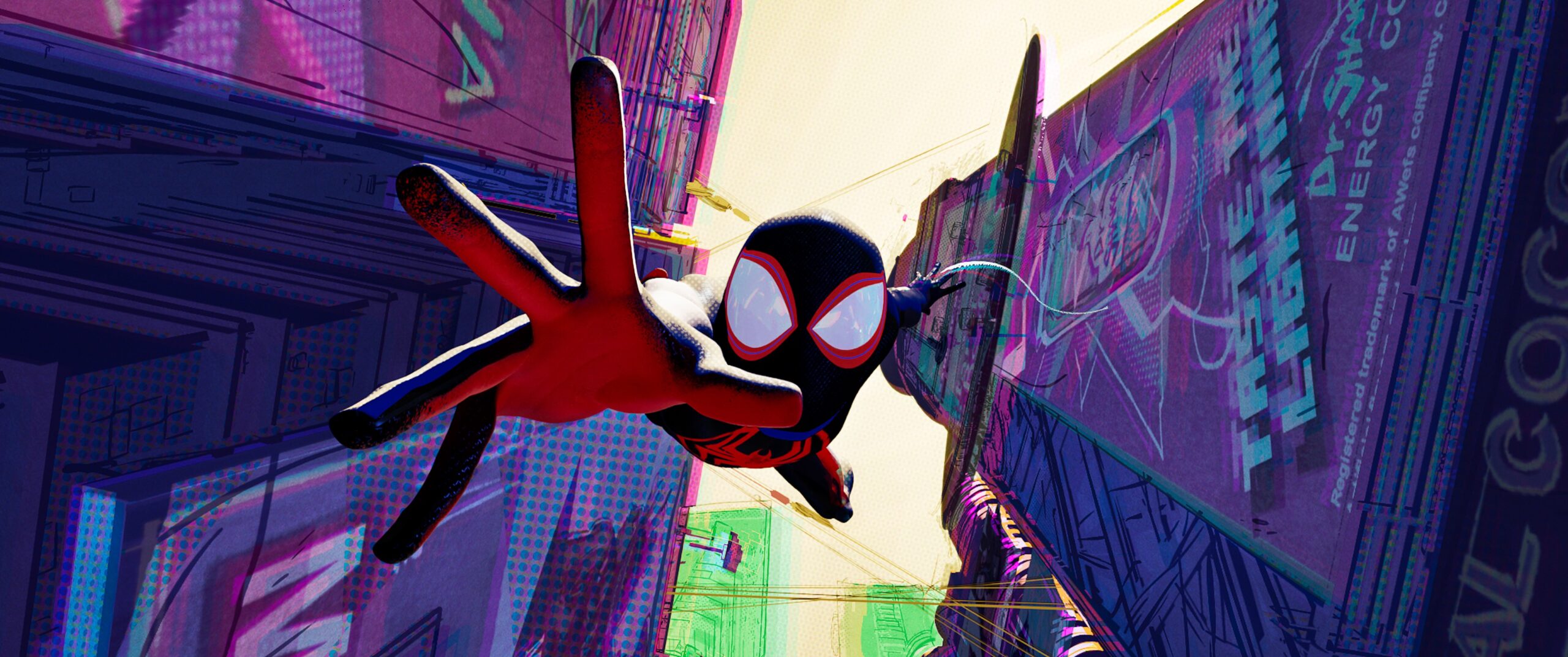Ananya Panday is the lone spark in Vikramaditya Motwane’s Netflix screenlife movie, which aims to do too much.
Akhil Arora, a Film Critics Guild member and a Rotten Tomatoes-certified film critic, who saw CTRL in 4K Dolby Vision with Dolby Atmos. He has been reviewing movies and TV series since 2015 and has written for NDTV and SlashFilm.

CTRL lacks control. The new Indian Netflix original movie—directed and co-written by Vikramaditya Motwane—has a lot on its mind. It wishes to tackle the perils of building a business with your partner, the blurred lines between online validation and offline happiness, generational malaise and being severely attached to devices, and the dangers posed by Big Tech, deep fakes and generative AI models. There’s a lot more, some of it frivolous and the rest bordering on spoilers. And that’s exactly the problem—it cannot pick a lane. CTRL tries to pack in so much in its 100-minute runtime that it ends up doing none of it well. Worse, everything it does feels stale. We’ve heard and seen variations of this. Nothing it does shocks or surprises.
Structurally, for the most part, the Netflix film unfolds like an investigative thriller. It’s told largely through computer screens, with Ananya Panday’s protagonist interacting with apps and the audience looking at her through “webcam footage”. CTRL is Bollywood’s first mainstream attempt at a screenlife movie, as with the likes of Searching, Missing and Unfriended. (Timur Bekmambetov, a producer on those films and the guy who coined the term “screenlife”, is involved in CTRL too as an executive producer.)
CTRL weirdly doesn’t use a single real-life app
But unlike those movies, CTRL weirdly opts to fictionalise every app and software out there. So, instead of macOS, Gmail, Chrome, FaceTime, YouTube and Instagram, you are treated to a bunch of mimics. Though they functionally behave like them, they look and sound different. You end up with a strange alienating feeling that is a big detriment to the Netflix film. It’s doubly strange because screenlife movies involve painstaking work. You’ve to make two movies, essentially. One in camera and the other entirely in post-production, where the visual effects team creates all those computer screen assets from scratch and works in tandem with the editor to insert the camera footage. Why would you go through so much trouble if you’re going to spoil the whole experience?
CTRL’s only redeeming element is Panday. For a majority of the film’s runtime, the only human onscreen is her. Owing to the nature of the production, Panday finds herself in a series of ultra close-ups, having to act without a scene partner, and reacting to things on screen. Except, given how the assets are made in post-production, she wouldn’t actually have all that we see. Panday is by herself, staring into a camera, and there are no supporting aids. That places an enormous amount on her shoulders, and she delivers. (She has variety too, for her prior social media obsessives, Ahana in Kho Gaye Hum Kahan and Bella in Call Me Bae, are each individualised.) Annoyingly, the film around her falters to such a comical degree that all the good work is washed off.
In CTRL, Ananya Panday asks an AI app to erase her ex
On the fifth anniversary of starting a YouTube channel with her boyfriend—which is coincidentally also the fifth anniversary of their relationship—Nalini “Nella” Awasthi (Panday) surprises Joe Mascarenhas (Vihaan Samat), only to discover that he’s kissing someone else. A heartbroken Nella, sifting through the online reaction to the implosion of her life, signs up for an AI app called CTRL that promises to help erase all traces of her ex from her digital past. Soon, she’s therapizing herself with the help of CTRL’s AI chatbot, whom she dubs Allen (voiced by Aparshakti Khurana), and innocently grants unbelievable levels of permissions and control to her computer. CTRL isn’t coy about Allen’s intentions. It’s clear it has ulterior motives though the ending will make you question the villains’ plan and the reliance on a happy accident.
The Netflix movie’s first major misstep is that it takes 30 minutes to do everything I just described. Joe and Nella’s relationship is built from scratch, from meeting in the first year of college through to the founding of the channel and getting an apartment together. CTRL spends half of that time introducing its AI chatbot, which spews a litany of sad jokes and terrible one-liners as it painstakingly describes what it can do for Nella. The film also struggles to justify why Nella would need to keep her webcam and microphone on all day, for an app that is essentially automating and doing the work of Google Photos’ Magic Eraser en masse. CTRL shoehorns in other ideas along the way—the AI app designs Nella’s social media “comeback”—but it cannot get you invested in any of it.

CTRL cuts both ways with tech
The bigger issue is that most of this is almost secondary. If you’ve seen the CTRL trailer, you know where the film leads. I don’t want to spoil anything, so I’m going to skirt around it the best I can. CTRL turns into an investigative thriller about 40 minutes in after someone goes missing. Nella begins to dig through their digital footprint and talk to the people she knows to figure out what happened. But here, too, the Netflix movie isn’t happy being just a standard thriller. (Not that it’s very good at it, anyway.) It wields a bigger agenda, one that distracts and pulls itself away from the central push of the narrative. It doesn’t help that it doesn’t have anything truly alarming to say—unless you live under a rock, you can predict the arguments it makes.
What is alarming is how easily it all comes together to incriminate the innocent. CTRL’s writers Motwane and Avinash Sampath are so vehemently decided on the path they wish to take that they make a mockery of the evidence-based law process. It’s even more annoying for the Netflix movie displays an understanding of technology elsewhere. It’s best showcased in a scene where Nella attempts to get access to one of Joe’s accounts and must go through a series of “forgot your password?” to get in. (Good thing Joe doesn’t believe in two-factor authentication or she would be doomed.) That said, there are moments when the investigative process strains credulity, with the privacy and anonymity of secure chat software being dented for the purpose of storytelling.
When online is your only escape
CTRL’s best element, ultimately, is the environment it creates and the mood it puts you in. The unease and the melancholy of spending your time on devices and looking at your life through technology. As if nothing else matters. Despite spending most of its runtime embedded in screens, the Netflix movie does this best when it breaks away from that approach—we go from a colour-saturated 16:9 aspect ratio to a desaturated widescreen 2.35:1—in the final minutes. It’s a tad ironic.

Even though Nella is at the receiving end of a technological nightmare, she finds herself being pulled into the web again. It’s evident that she cannot be happy with herself. In one of the film’s most poignant moments, Nella stares mournfully at her computer after a bunch of wonderful pictures she took receive no likes or comments. The act of creation doesn’t satisfy her. Even the support of a friend isn’t enough—she runs on external validation from strangers. It’s why she finds herself falling down the rabbit hole that once consumed her. Something about talking into a camera, a device, a black mirror frees her. It allows her to be herself. Shame CTRL is too busy scratching a dozen other itches.
CTRL released on Friday, October 4 on Netflix worldwide.
- Death Stranding 2 review: drifting into doubt – December 23, 2025
- Every Indian Netflix original movie, ranked – December 19, 2025
- All 37 Marvel Cinematic Universe movies ranked, including The Fantastic Four: First Steps – August 3, 2025




What do you think?